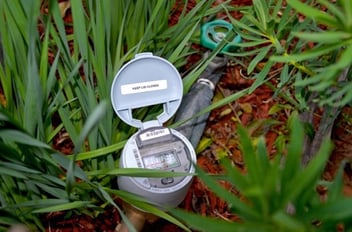How the IoT is changing water consumption
A successful customer portal pilot in Victoria has allowed customers to access near real-time water usage data.
Using Internet of Things (IoT) technology, Victorian utility GWMWater replaced 29,000 water meters with an all-in-one device and retrofitted 3000 meters with an electronic device. The meters are low-cost electronic devices which use a Low Power Wide Area Network (LPWAN) to transfer data to the host provider.
The consumption data is aggregated by the host provider, returned to GWMWater for operational purposes and then re-directed into the customer portal; empowering the customer with more information about their water service than ever before.
IoT technology is capable of delivering significant benefits in Australia. A PwC report looking at industries representing 25 percent of Australia’s GDP found that the IoT can achieve potential annual benefits of $194 to 308 billion over a period of eight to 18 years. This impact translates into average productivity improvements of around 2 percent annually.
The report predicted that the leading industries for the IoT will be discrete manufacturing ($119 billion in spending), process manufacturing ($78 billion), transportation ($71 billion), and utilities ($61 billion).
In addition to efficiency gains in the water sector, it can also be a powerful tool in education and empowerment of water users. GWMWater’s customer portal program allows both residential and commercial customers to monitor their water use, set alerts for high usage, identify leaks and track spending.
GWMWater’s operational area covers some 62,000 square kilometres or 25 percent of Victoria — a similar size to Tasmania.
The portal presents an opportunity to deliver tailored communication to customers such as whether the meter receives a potable or non-potable supply, and the current level of water restrictions based on each property’s location.
Feedback from the first phase of the pilot program, which featured 200 early adopters, established that 25 percent of customers had set up high water use or leak alerts.

